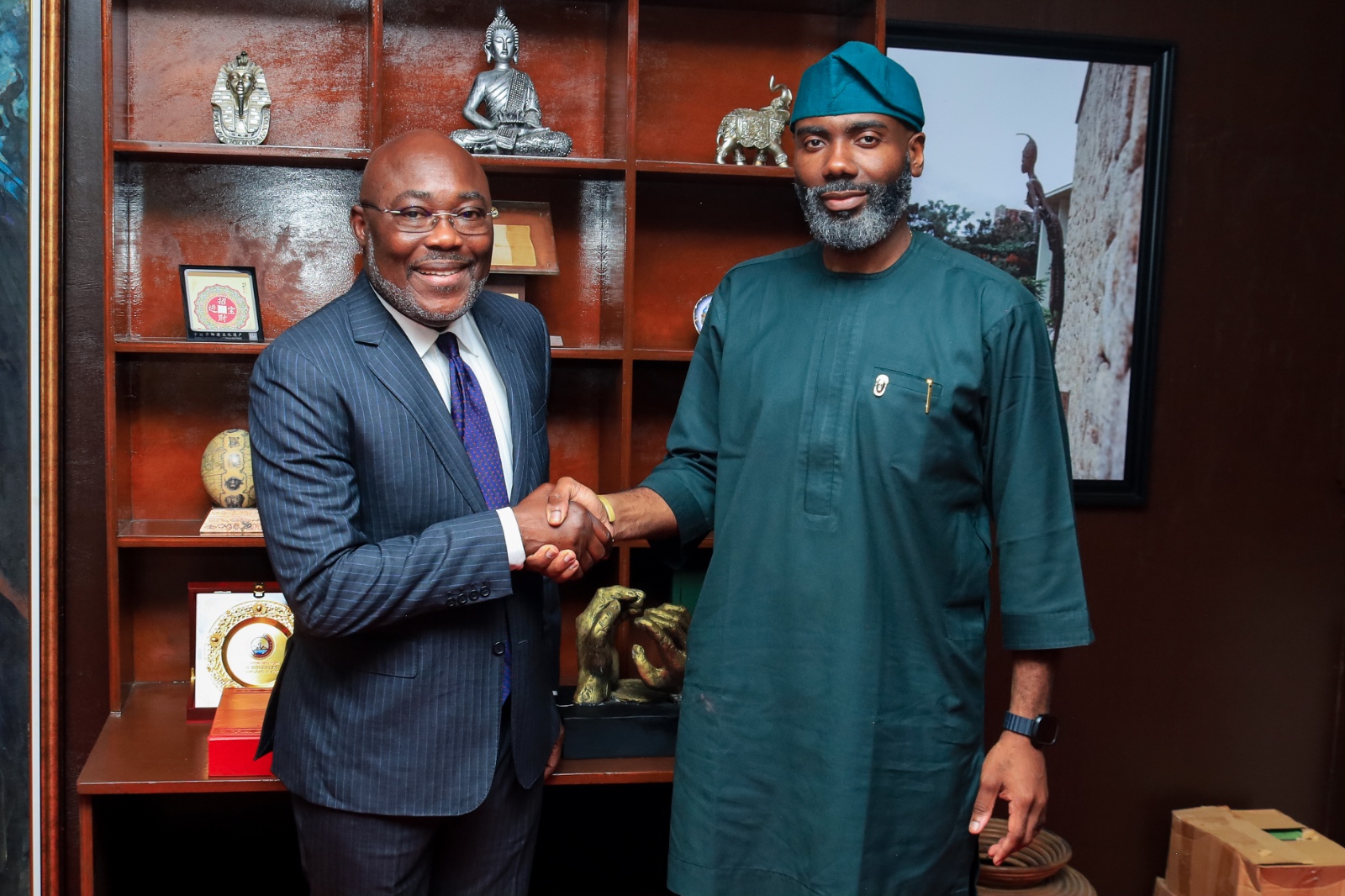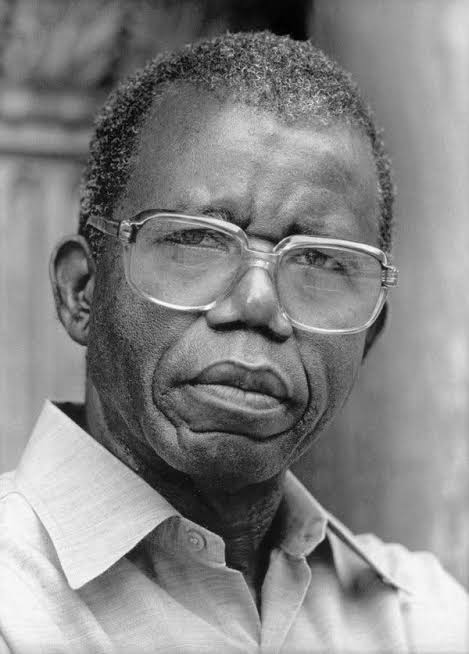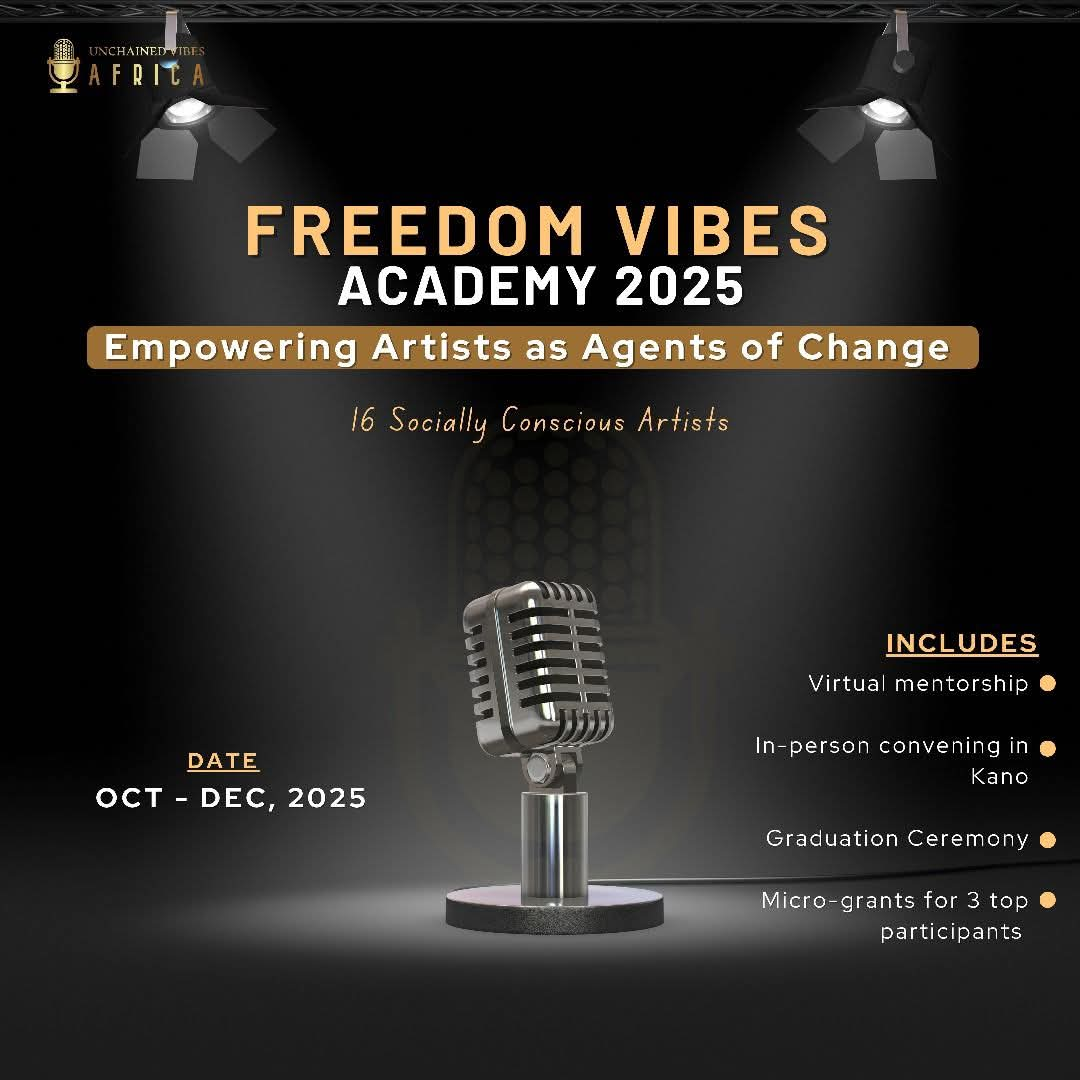Our heritage of creativity: Reframing art in Nigeria for a global audience

By Anote Ajeluorou
NIGERIA is a nation blessed with a cultural inheritance of astonishing depth. From the expressive Nok terracottas to the lifelike Ifẹ heads, from the glittering regalia of Igbo-Ukwu to the bronzes of Benin, our museums and monuments house objects that still startle the world. Yet, despite this wealth, art in Nigeria occupies only a faint space in global art discourse. We have the treasures, but not yet the structures that allow those treasures to speak with the authority they deserve.
This paradox is what the recent Memorandum of Understanding (MoU) between the National Commission for Museums and Monuments (NCMM) and Crimson Fusion Curators seeks to address. It marks a turning point in how Nigeria might begin to reposition art in Nigeria — not as scattered relics of the past, but as a continuous narrative of creativity and civilisation.
At the centre of this renewed momentum is the Director-General of NCMM, Mr. Olugbile Holloway, whose quiet insistence on relevance has begun to re-energise the nation’s museums. The National Museum, Lagos — undergoing its first major renovation since 1959 — stands as emblem of that intent. As many observers note, our museums have the goods. They hold the artefacts, the archives, the physical record of genius. What has been missing is the machinery: sustained funding, proper documentation, and the infrastructure to connect our collections to global networks of scholarship, design, and exhibition. The MoU signals that preservation must now meet presentation.
Guiding the curatorial imagination of this collaboration is Mr. Oriiz Onuwaje — culture curator, griot, designer, and publisher. For years he has laboured quietly, crafting projects that fuse scholarship and design into living heritage. His landmark publication, The Benin Monarchy: An Anthology of Benin History — popularly known as ‘The Benin Red Book’ — demonstrated what is possible when research, artistry, and vision are woven together. Funded single-handedly by the late Captain Idahosa Wells Okunbor and guided by Professor Obaro Ikime as Technical Consultant, the project became a model for how African history can be documented with elegance and authority.
The Benin Red Book proves that heritage presentation can rise to the highest global standard when scholarship, design, and conviction meet. Yet it was achieved largely through individual resolve, not institutional support. The deeper question lingers: why should the telling of a national story depend on the sacrifice of a few when it belongs to us all? The new initiative aims to change that — to create an archive of national memory built to stand international rigour and scrutiny.

Mr. Oriiz Onuwaje (left) and Mr. Olugbile Holloway after signing the MoU… in Abuja
With the MoU, there is a chance to redress that imbalance. The new flagship project — A Window into the Soul of a People: 8000 Years of Art in Nigeria — builds on the foundation laid by ‘The Benin Red Book‘. Working alongside distinguished art historian Professor Frank Ugiomoh, who serves as Technical Consultant, Onuwaje aims to produce not just a curatorial vision but a scholarly framework — an archive of national memory capable of speaking confidently on the world stage.
The title 8000 Years of Art in Nigeria is not poetic exaggeration. For decades, Nok art, dated to around 500 BCE, was regarded as the starting point of our artistic history. But the discovery of the Dufuna Canoe — unearthed in Yobe State and scientifically dated to nearly 8000 years ago — forces a radical re-imagination of that timeline. Art in Nigeria is not two millennia deep, but eight. From Stone-Age canoe-makers to Benin bronze-casters, the story is not episodic brilliance but an unbroken continuum of creativity.
What remains is to build the value chain that transforms this continuum into global presence: documentation, publishing, exhibitions, digital platforms, and long-term partnerships. Without these links, art in Nigeria risks being seen as a storehouse of wonders rather than a living civilisation of art. With them, Nigeria can stand confidently in the company of Paris, Cairo, Beijing, and beyond.
The MoU between NCMM and Crimson Fusion Curators is the beginning of that journey. But beginnings require endurance. Follow-through — funding, commitment, and policy — will determine whether this promise matures into a true national movement. Around the world, nations invest in cultural industries not merely from sentiment but from strategy. Heritage is power — economic, diplomatic, intellectual. Nigeria cannot continue to leave its greatest assets locked in storerooms.
According to Onuwaje, while speaking at the signing of the MoU, said, “For Nigeria to move with the world, art must no longer be treated as luxury; it is strategy — for soft diplomacy and for the benefits that follow such vision.”
We have the goods. We have the genius. What remains is to build the chain that lets our heritage of creativity shape a global future.




